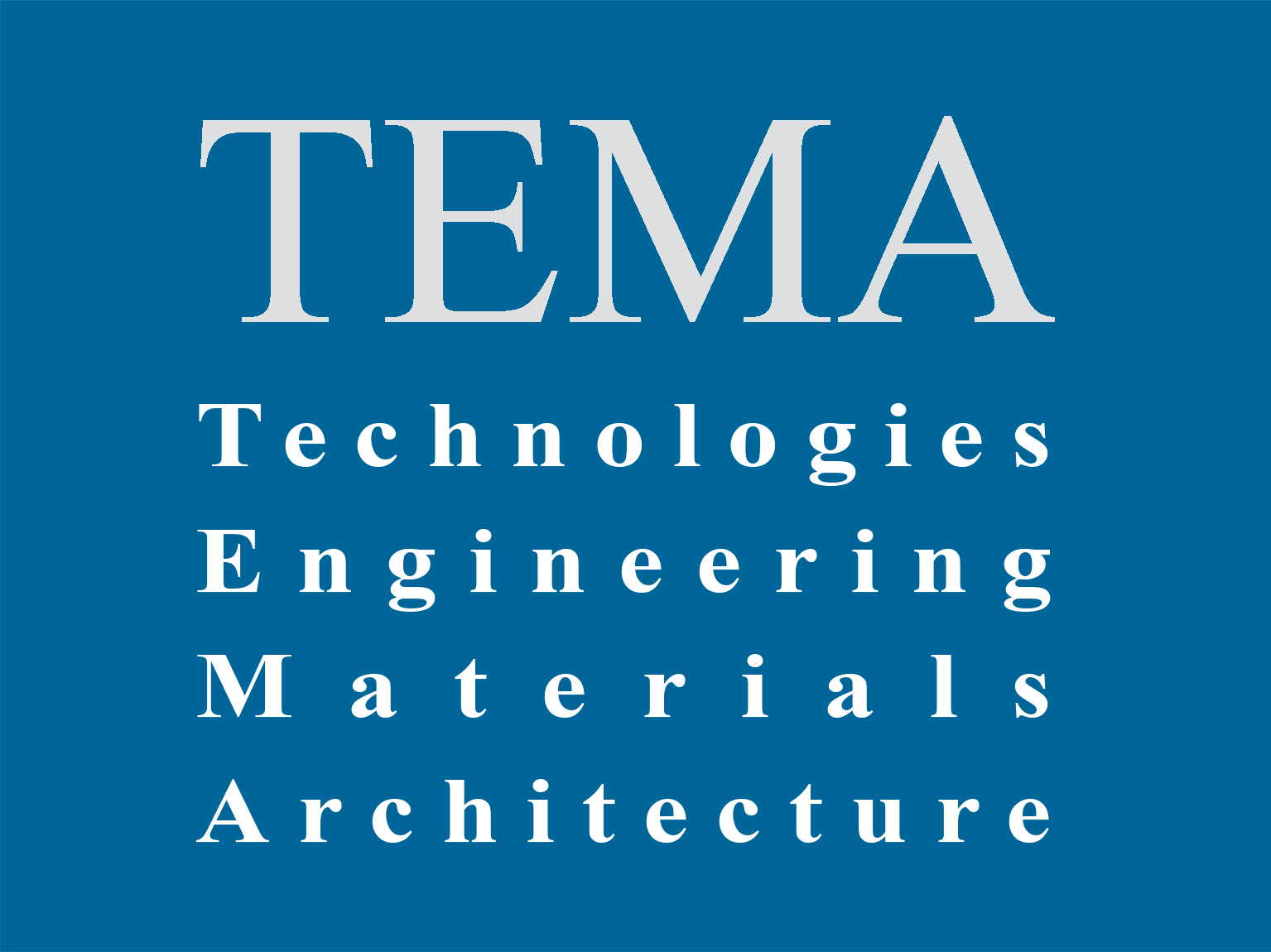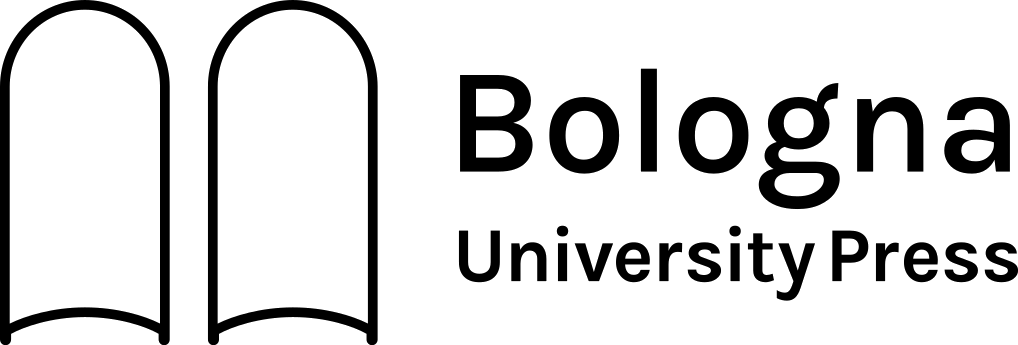Abstract
The goal of this study was to explain the influence of the total porosity and the surface roughness on the bioreceptivity of clay bricks by phototrophic microorganisms. This correlation was studied on both specimens treated with TiO2 nanocoating and untreated control specimens. An accelerated fouling test was performed by sprinkling a suspension of Chlorella mirabilis and Chroococcidiopsis fissurarum on sample’s surfaces. Results showed that specimen’s microstructure play a key role in the biofouling process. Finally, TiO2 was able to inhibit the biofouling of clay bricks irradiated with UV-A light except in the case of high porous rough specimens.









